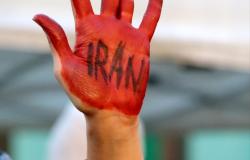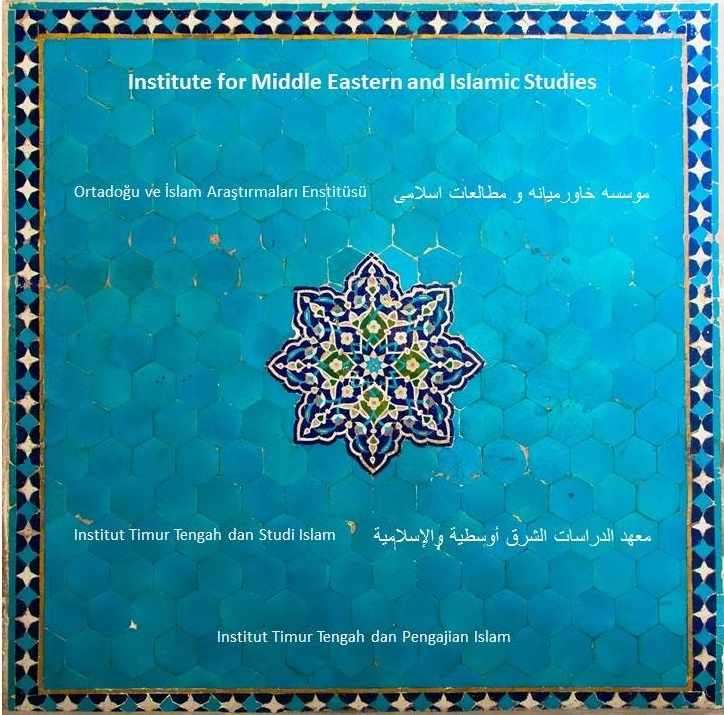IRAN: Which Way Now?

Richard Dalton maps Iran's stakeholders and sketches out possible scenarios for the country's future. This is the third in a four-part series following an event exploring these developments held at the Institute for the Middle East & Islamic Studies at Durham University.
Although the exercise of power in Iran is in question as never before, the ruling system will be resilient: until it isn’t any longer.
 Nine centres of power make up or sustain the ruling system:
Nine centres of power make up or sustain the ruling system:
- The Supreme Leader - and his extensive apparatus throughout the country and at all layers of government - is holding a firm line against what he terms anti-revolutionaries stirred up by foreign governments.
- The senior clerics in Tehran, Qum and elsewhere, some with civil power, as in the Guardian Council and Council of Experts, and others with the moral power of religious authority, are not budging from their core belief in the supremacy of the religious. A few are asking for better treatment of young people, but the weight of the clergy remains with the Leader. They have known for years about the hostility of so many in their country to religious government. For them it’s zero sum: they would have nowhere to go if the system were overrun. And as Mahmood Sariolghalam has written: “The single most important factor guiding Iran’s foreign and domestic calculations is the coming transition of power in the near to medium-term future. The country’s core elites are making all of the meticulous preparations and contingencies needed for the eventual transition.” This must not be upset.
- The government led by President Raisi are following the lead of the supreme leader, by self-interest and, probably, by conviction.
- The elected parliament, the majlis, which passes laws and questions ministers, is loyalist, not least because pre-electoral vetting has weeded out Reformists and leading figures of the moderate centre.
- The political factions – within the conservative camp there are debates between those on the right who call for severe punishment of protestors and who would double down on the current way of ruling and other conservatives, more in the centre, who advocate a new governance through reforms once security has been restored.
- The security forces – police, basij volunteers, the Revolutionary Guard (IRGC) and intelligence branches: there have been no signs of significant weakening within them. It is possible that some might espouse change, if the rank and file and junior officers, as in 1979, were to get sick of killings - if they continue.
- Big regime-connected business plus the small private sector: they are pro-stability. They may come to advocate change, however, for fear of the effect of disorder on their businesses. There has been support for the protesters – some estimates say 40% of shops in the Tehran market closed during recent calls for solidarity.
- The middle classes, professionals across Iranian life, and civil society: they will be split between some true believers in the Islamic Republic and more firm opponents of the system. Quite large numbers may be inactive while disaffected but waiting to see which way it all goes.
- The proletariat – the street: as in 1979, there could be an eruption of ordinary people, propelled by economic grievances as well as other concerns - but it does not seem to have got to that point yet.
Their current attitudes to making big moves in the way Iran is run vary but are far from having a critical mass favouring change.
A good deal is going wrong for the system, of course:
Security
- The surge in arrests, which have not stopped the protests.
- Stricter censorship of media
- Assertiveness by political and armed movements in the periphery especially in Kurdish areas
- Killings, leading to a cycle of demonstrations
- Some strikes, motivated by local grievances and wider discontent
- Some limited questioning, and tentative proposals for discussions of changes by a few within the system
Social
- The manifest weight of disapproval of revolutionary Iran and rejection of the Supreme Leadership
- Strikes in vital sectors, primarily over unpaid wages but also involving protest issues.
- Increased flight overseas
- Intense agitation and pressure on foreign governments by Iranians abroad
- Gains in audience for foreign broadcasters disseminating facts that the system doesn’t like citizens to hear
All are signs of the underlying lack of legitimacy of the Islamic Republic and its declining base of support. The Islamic Republic is able to operate effectively, however, despite the pressures. We are NOT seeing some major indicators of weakness.
Control is about guns, money and people. Here are some of the things we would see if the regime's grip on power were really in difficulties:
Security
- Whole security force units refusing to obey orders
Money
- Inability of government to maintain sufficient supplies of food staples
- Unsustainable ballooning of government debt, un-paid wages, unemployment and inflation
- Inability to pay security force salaries
- Wider scale delay or default in payments to government suppliers and contractors
People and politics
- Decisions not taken on key issues as and when expected, for example by government and the security authorities
- The speaker and leadership bureau unable to control the Majlis
- Emergence within the ruling system of new political voices and new ideas
- Stirrings among the Ayatollahs
- Independent announcements on desirable changes in policy by major figures, for example, in Tehran and Mashad
- The Supreme Leader fails to appear or to give a lead
- Withdrawal of Iranian operatives from areas of conflict
- Ministers cancel travel plans
Little or none of this is apparent.
We can sketch out scenarios, nevertheless, and give them weights:
1. A Counter-revolution that gathers leaders, an ideology and weight leading to overthrow of the Islamic government. But the development and growth of an authentic anti-regime political movement is far more difficult today than it was during the 1979 revolution. And there remains popular support for the government and, more important, general horror at the thought of a major breakdown leading to further disruption of people’s economic life-lines or to violence.
2. National Dialogue to plot a way forward intended to achieve consent of the majority within, or with some changes to, the constitution of Iran; starting with re-licencing of the Reformist Parties and perhaps proceeding via a referendum. There is talk about this, but it will remain talk only unless the pressures were massively increased, leading to the Supreme Leader seeing it as the only way to avert loss of power.
3. Repression and top-down limited reforms: for example, curbs on Guidance Patrols and on the violent suppression of protests. Intended to achieve social peace, this could backfire on the ruling system as many would take it as sign of weakness: for that reason, it is unlikely to happen. The IRGC commanders might step in and impose martial law, if they thought they had their troops behind them, and even elbow the current system aside, if they thought the rug might really be pulled from under them by popular feeling, as happened in Egypt in 2012.
4. Repression and continuity: next year the fire is smothered, but it remains hot under the ashes …. until the next time after a fresh grievance inflames underlying sentiment and enrages people once more. This is the most likely scenario for Iran as of late November -2022.
There remains one wildcard, albeit an illegal one, because not based on imminent threat of aggressive attack by Iran, namely US and Israeli raids on Iran’s nuclear and other facilities. This is still unlikely, given anticipated major region-wide adverse consequences, including retaliation by Iran and a probable decision by Iran to develop nuclear weapons. But it is less unlikely now given the all-but collapse of the talks to restore the Joint Comprehensive Programme of Action and the steady increase in questionable Iranian activities, such as higher-output enrichment centrifuges operating in the underground Fordow facility.
No one can say for certain what effect such raids would have on Iranian society and politics. Collapse of the ruling system under the strain of a war might conceivably ensue. Postponement of internal change, however, with popular rallying round the flag and consolidation of the elite with the current leadership to confront the aggressors, would be stronger possibilities.
Iran’s rulers are out of creative ideas to restore internal quiet. Barring a far-reaching sudden game-changer, however, such as a war, the death of Ayatollah Khamenei, a security melt-down or a political collapse, the prospect is for continuity in hard times. But the aspiration - for most Iranians, and the fear - for some of them, of eventual fundamental change, will continue to hang in the air.
Part 1 - From Dissatisfaction to Mobilisation: The Islamic Republic’s Perfect Storm
Sir Richard Dalton was British Ambassador to Iran from 2002-2006.
Photo by Inimafoto A


